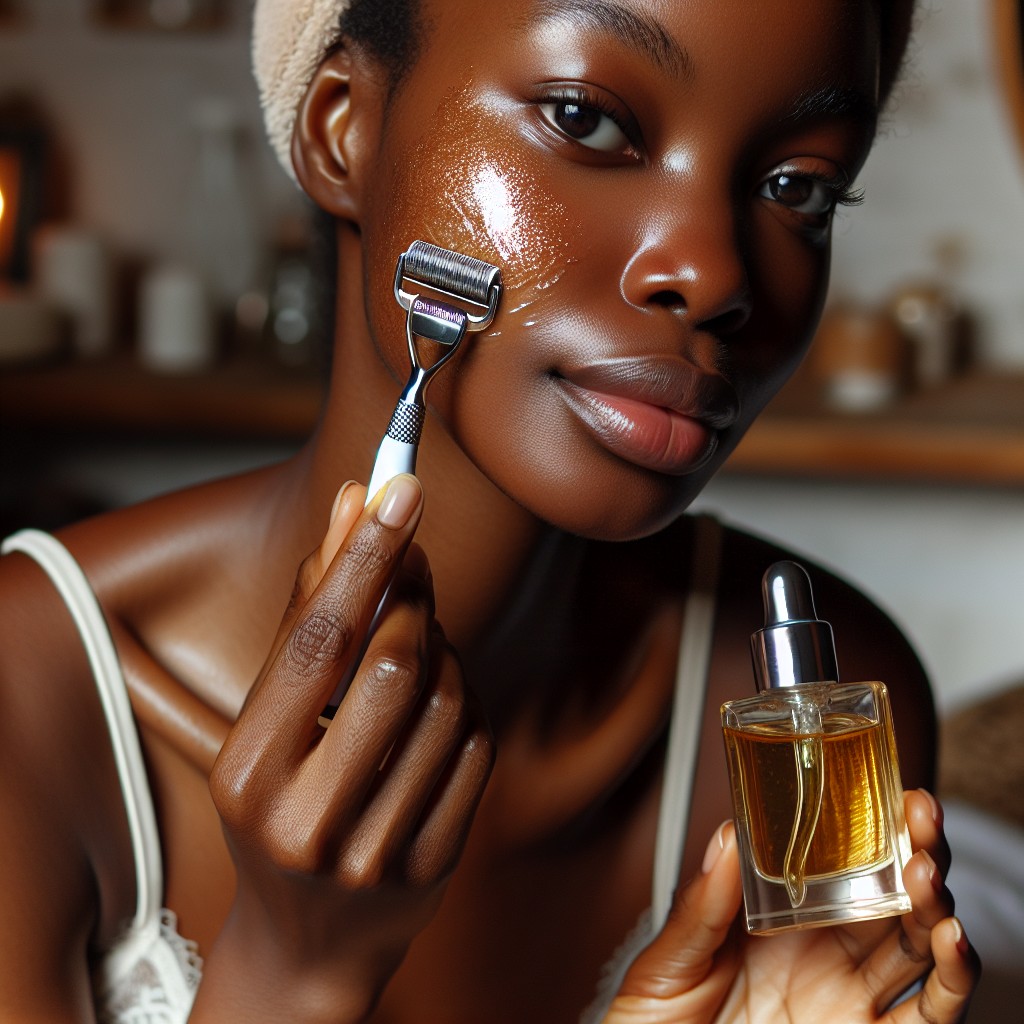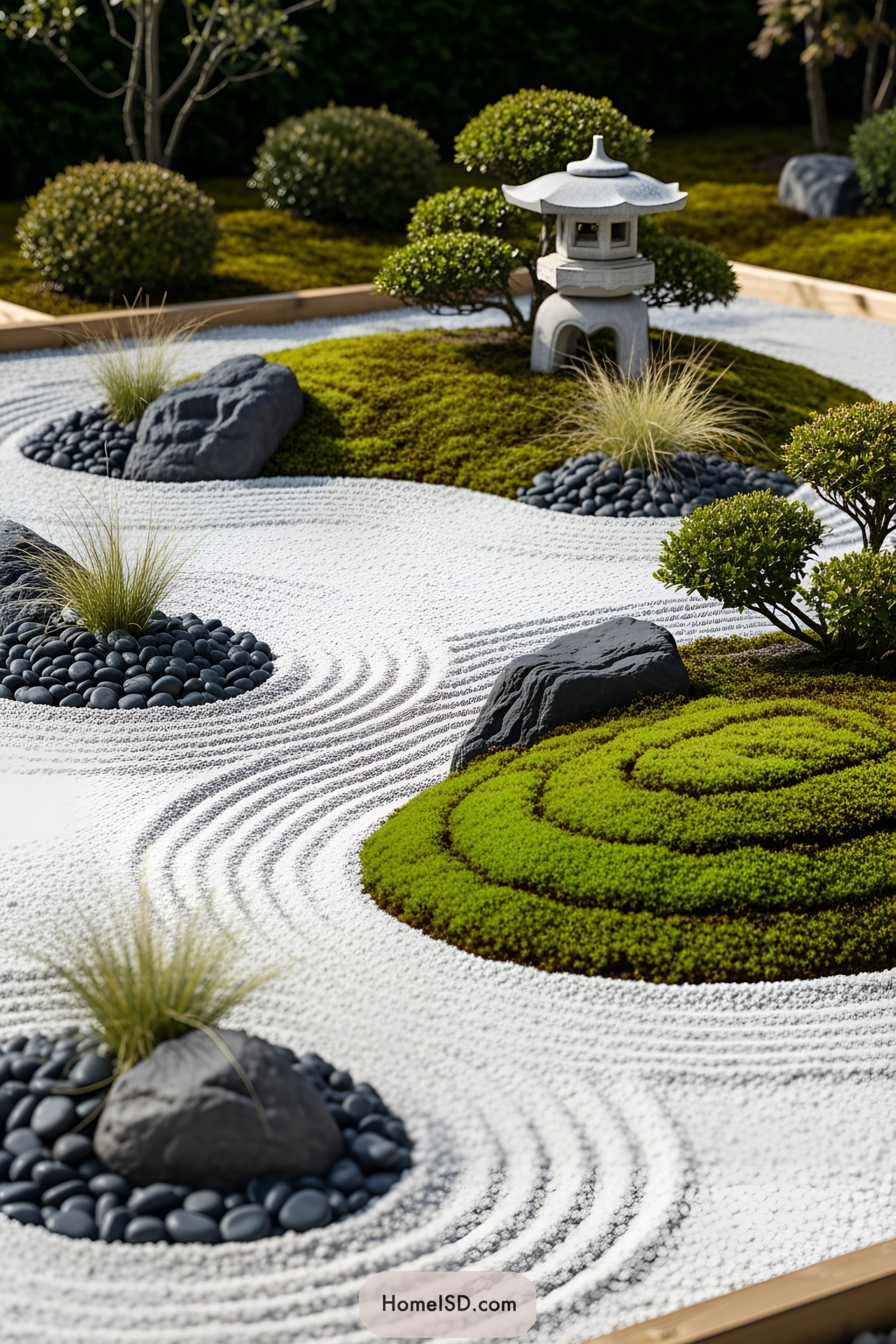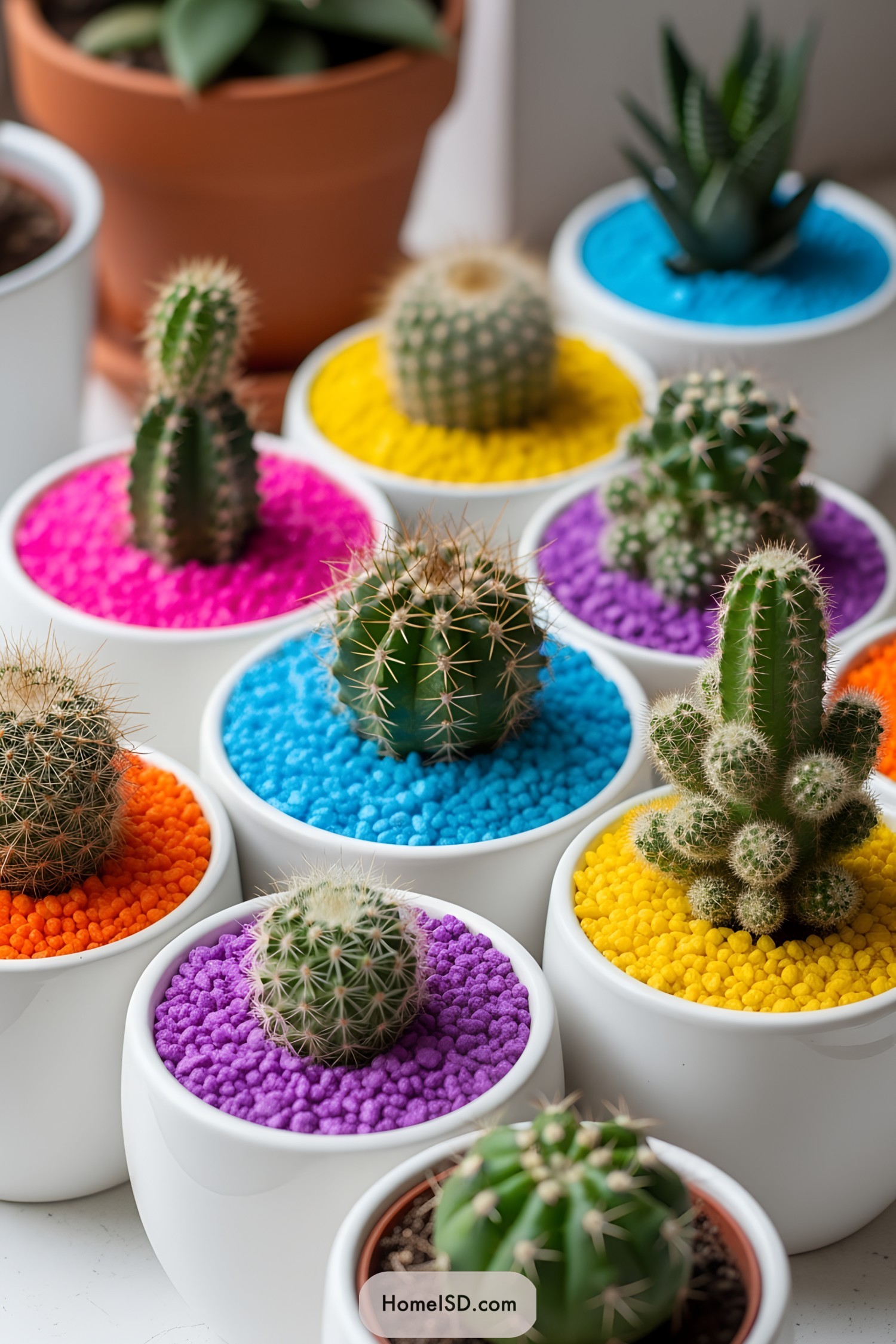Last updated on
Learning what oil to use for dermaplaning at home is key because it will ensure a safe and effective exfoliating experience that leaves your skin sublime.
Key takeaways:
- Jojoba oil is ideal for most skin types
- Grapeseed oil is great for sensitive skin
- Rosehip oil promotes skin regeneration and improves tone
- Argan oil is moisturizing and suitable for dry skin
- Avoid heavy oils like coconut oil to prevent breakouts
What Is Dermaplaning?

Dermaplaning is a skin exfoliation technique that involves gently scraping the surface of the skin with a surgical scalpel to remove dead skin cells and peach fuzz. This cosmetic procedure aims to make the skin’s surface smooth, youthful, and radiant.
It can also help in allowing deeper penetration of skincare products, potentially enhancing their effectiveness. As a non-invasive method, it has gained popularity for its simplicity and the immediate smoothness it provides.
Regular treatments can result in reduced fine lines, diminished acne scars, and a more even skin tone. However, since the process involves a blade, it’s crucial to use proper lubrication, such as a suitable oil, to allow the blade to glide smoothly, minimizing the risk of irritation or nicks.
Benefits of Dermaplaning

Exfoliation is one of the primary advantages of dermaplaning; it removes dead skin cells, promoting a smoother, brighter complexion. This process also eliminates vellus hair, commonly known as peach fuzz, enhancing the application and look of makeup. By clearing away these impurities, dermaplaning can also increase the effectiveness of skincare products, allowing for deeper penetration into the skin.
Moreover, the technique aids in reducing the appearance of acne scars and fine lines, contributing to a more youthful and even skin texture. Regular sessions can help maintain these benefits over time, leading to consistently clear and revitalized skin.
Best Oils for Dermaplaning

When selecting oils for dermaplaning, aim for lightweight, non-comedogenic options that provide a smooth glide. Oils rich in antioxidants and vitamins enhance the skin’s appearance and promote healing.
Jojoba oil mimics the skin’s natural sebum, making it an ideal choice for most skin types. Meanwhile, grapeseed oil, with its anti-inflammatory properties, is excellent for sensitive skin.
For a luxurious experience, consider rosehip oil; it’s packed with vitamin A and linoleic acid, which encourage skin regeneration and improve skin tone. Argan oil, known for its moisturizing qualities, also works well for dry skin.
Avoid heavy, pore-clogging oils like coconut oil, which could lead to breakouts post-dermaplaning.
Why Does Choosing A Good Face Oil For Dermaplaning Matter?
Selecting the right face oil for dermaplaning can significantly enhance the process and results. Good quality oil allows for the blade to glide smoothly over your skin, minimizing the risk of nicks or irritation. The oil acts as a protective barrier, providing the dual benefit of hydrating the skin while also enabling the removal of dead skin cells more efficiently.
Moreover, specific oils come with added advantages. For example, oils rich in antioxidants can help to protect the skin against environmental damage during the exfoliation process. Anti-inflammatory properties are also desirable in face oils for dermaplaning, as they can help to reduce any potential redness or swelling post-treatment. With an optimal oil, you can expect a serene dermaplaning session that leaves your skin feeling nourished, soft, and glowing.
What To Look For In Face Oil For Dermaplaning?
Selecting the right face oil is pivotal for a smooth dermaplaning experience. Aim for lightweight, non-comedogenic oils that won’t clog pores or cause breakouts. Natural, pure oils without added fragrances or synthetic ingredients are preferable, as they are less likely to irritate the skin.
Look for oils with anti-inflammatory properties to help soothe the skin post-dermaplaning. Hydration is also key; oils high in essential fatty acids will moisturize and help to reinforce the skin’s barrier. Options like jojoba, argan, and squalane closely mimic the skin’s natural oils, making them ideal choices.
Remember to patch test any oil before full-face application to ensure compatibility with your skin type.
Top 3 Best Face Oils for Dermaplaning
Jojoba Oil: Mimicking the skin’s natural sebum, jojoba oil provides a non-comedogenic base that maintains the skin’s moisture balance during dermaplaning, enhancing glide without clogging pores.
Argan Oil: Rich in vitamin E and antioxidants, argan oil helps to nourish and protect the skin. Its lightweight consistency allows for a smooth dermaplaning experience, supporting skin health and regeneration.
Squalane: Derived from olives or sugarcane, squalane is a hydrogenated form of squalene, the skin’s natural moisturizer. It boasts excellent emollient properties, facilitating a seamless dermaplaning process, and is suitable for all skin types, even sensitive ones.
Buying Guide
When selecting the perfect oil for your dermaplaning routine, consider the following factors:
- Skin Type: Know your skin type—oily, dry, combination, or sensitive—and choose an oil that complements it. For instance, drier skin benefits from richer oils, while oily skin may require lighter formulations.
- Ingredient Quality: Look for high-quality, non-comedogenic oils that won’t clog pores. Organic and cold-pressed options often retain more skin-nurturing compounds.
- Fragrance and Additives: Avoid oils with artificial fragrances or excessive additives that could irritate the skin during the dermaplaning process.
- Absorption Rate: Select an oil that absorbs well into your skin. It should facilitate a smooth glide of the blade without leaving a heavy residue.
- Allergies and Sensitivities: Assess for any potential allergens. If you have a history of skin sensitivities, opt for hypoallergenic oils.
- Price Point: Quality doesn’t always mean the most expensive. Find a balance between a price you’re comfortable with and the aforementioned factors.
- Packaging: Consider the hygiene and ease of use offered by the packaging. Pumps and droppers can help you avoid contamination and control the amount of product you use.
By keeping these points in mind, you can narrow down the options and find a dermaplaning oil that suits your needs perfectly.
Recap




